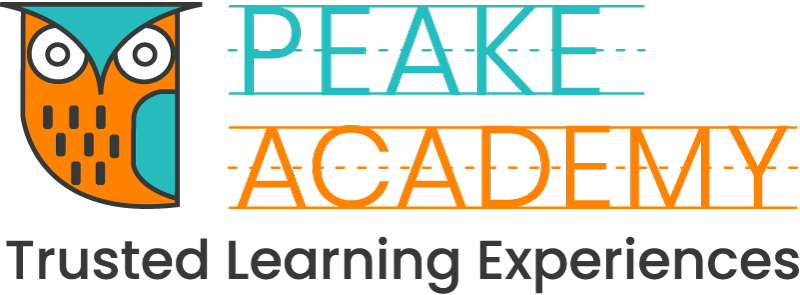The Purposeful Playdate: How to Turn Preschool Energy into Learning Magic
Ever found yourself in the middle of a bustling classroom or lively playdate where the energy is high but so is the chaos? As preschool teachers, we aim to create spaces where children learn through play, but sometimes the challenge is keeping that delicate balance between fun and structure.
At Peake Academy, we've discovered that with intentional planning and flexible structure, you can transform chaotic group activities into rich learning experiences without dampening children's natural enthusiasm. Our approach comes from years in the classroom where we've seen what really works with our little explorers, proving that organization and joy can absolutely coexist in early childhood settings.
Here are our tried and true strategies for creating a classroom environment where children are as engaged as they are learning.
Setting Up for Success
Start with Clear Goals
Before any group activity, know what skills you're targeting. Is it sharing, fine motor skills, or new vocabulary? Having a focus helps you design activities with purpose.
Choose Activities That Fit
Select games and projects that match your children's abilities. This ensures everyone can participate and feel successful, whether they're early three-year-olds or almost-kindergartners.
Prep Everything Early
Gather materials and set up spaces before children arrive so you can focus on guiding the learning rather than hunting for supplies.
Keeping It Flexible Yet Focused
Have a Flexible Timeline
Plan your activities but be ready to adjust based on children's interest. If they're deeply engaged in block building, let that moment stretch longer than planned.
Include Free Play Time
Unstructured play is essential for creativity and independence. Make room for children to explore materials in their own way.
Managing Group Dynamics
Include Everyone
Gently draw in quieter children with partner activities or small group projects where they feel safe to participate.
Turn Conflicts into Learning
When disagreements happen (and they will!), help children express feelings and find solutions together. These moments build important social skills.
Creating the Right Environment
Use Activity Zones
Organize your space with clear areas for different types of play - quiet reading corners, creative tables, and movement spaces help manage energy flow.
Safety First
Arrange your environment to minimize risks and ensure all materials are appropriate for your age group.
Growing and Improving
Reflect After Activities
Take a few minutes after group time to note what worked well and what you might adjust next time.
Ask for Input
Check in with teaching partners or even the children about what they enjoyed most. Fresh perspectives bring new ideas!
Adopting these strategies can transform chaotic playdates into structured, enriching experiences that foster both education and joy. Happy learning!
Ready to bring more calm and purpose to your classroom or home learning environment?
Join our free two-day Chaos Coordinator Challenge. You'll discover effective strategies for guiding behavior, creating engaging learning spaces, and finding more joy in teaching - all while connecting with other educators who share your passion for early childhood.
Join our community of teachers and parents dedicated to raising happiness through purposeful play!
Free Resource
Thank you for reading this content. And if you loved this post, please be sure to join our Parent Advisor Facebook group where we share more insights and community.
Here’s a FREE Playdate Invitation Cards made by Peake Academy Preschool At Home perfect for teachers to share with families or for parents planning get-togethers that build social skills while having fun.
Visit our Parent Advisor and The Buzz Blogs to learn more about related topics and parenting tips. You are welcome to join our private Parent Advisor Facebook group. It’s a growing community of parents and preschool teachers where you can learn and share more parenting tips.













